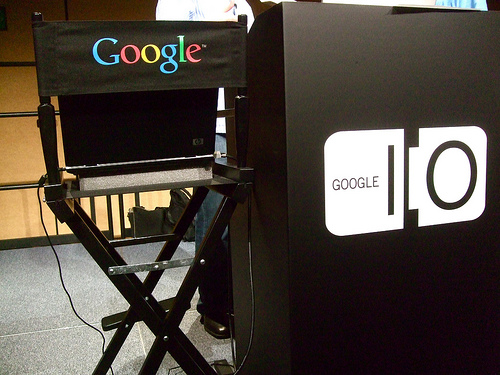 After the financial and economical crisis, we are experiencing energetic crisis across the globe related to ecological crises such as Fukushima. The planet is heating up and environment is a hot topic all over the planet.
After the financial and economical crisis, we are experiencing energetic crisis across the globe related to ecological crises such as Fukushima. The planet is heating up and environment is a hot topic all over the planet.
Faced with a more environmental aware consumers, some companies have started to reinforce their social responsibility and especially their environmental responsibility. This tendency, Green marketing or Eco-marketing, tries to bring companies closer to the market niche sensible to environmental issues, environmental friendly products and legal activities, which increase company’s value through ecologic conscience. The aim is to have a more ecologic friendly policies and processes and drive consumers to a more sustainable way of consumption.
However, many companies have decided to get on board of the latest trend and be “green” without integrating it to a real and sincere corporative social responsibility policy. These companies practice “green washing”, which consists of a ecologic “cosmetic surgery” only to improve their image. In these cases, only by scratching the surface it is obvious that these companies only pretend to be ecologic friendly and their practices are not sincere and in many cases even legal.
Top 7 Tips to Create a Believable Eco-Brand
Green-washing has made consumers suspicious of the real intentions of the companies. According to a BBMG study, only 11% of the European consumers trust environmental statements in product packaging and only 5% trusts eco-friendly company advertising. How to convince people your brand is not just green-washed, but is really environmental friendly?
#1 Do not lie.
If you are not environmental friendly, do not make false or misleading environmental claims. If or when you will be caught, bad news will spread fast in Twitter, Facebook and other media.
#2 Do not make promises you cannot keep.
According to a survey by Sustainable Branding Collaborative, 80% of the users claimed that it is worse for a business to fail to deliver on its sustainability promises than it is to not make any such commitments at all.
#3 Environmental friendly? Then prove it.
Measure and verify your sustainability claims with a third party certification. Make sure the certification is Internationally recognized.
#4 Associate your brand with environmental organizations.
Try to associate your brand with well known organizations such as ONG or other associations, which guarantee your social responsibility and give you credibility. For example, Armani with Green Gross, Carrefour with UN, etc.
#5 Be transparent
Do not only talk about being transparent, but publish data openly. Say what your brand does for the environment and what you will improve in the future.
#6 Let users participate
Do not only talk about your company participating on environmental activities. Ask the consumers what they would recommend your brand to do and what they would like to see your brand improve. Take part in local events if possible.
#7 Be active also in the Social Media
Social media activity creates more buzz than a simple, and usually boring, section in the corporative section. Users see that your brand is actually ecologically conscious and participating in green activities, not just claiming it is.
#8 Do not only focus on environmental attributes
Environment is “in” and it is bad for company’s reputation not to participate. Yet forgetting the environmentally active niche – how to make our green products more attractive to the majority? Many of the consumers declare it is important to buy ecological products, but in reality most of these consumers buy the product based on other values. To be believable, do not only preach about environment in marketing communication, since people might think you are fake (especially if you have never spoken about environment before).
 Forget the melting ice and disappearing rainforests and make it personal. Marketing messages should focus more in enjoyment than guilt. A product that is enjoyable … and environmental friendly helps you to go beyond the actively green niche and capture lmore mainstream consumers. For example, Tesla has done a great job. It is not known only for being an environmentally friendly electric vehicle, but for being innovative, amazingly fast and wonderfully designed car.
Forget the melting ice and disappearing rainforests and make it personal. Marketing messages should focus more in enjoyment than guilt. A product that is enjoyable … and environmental friendly helps you to go beyond the actively green niche and capture lmore mainstream consumers. For example, Tesla has done a great job. It is not known only for being an environmentally friendly electric vehicle, but for being innovative, amazingly fast and wonderfully designed car.
Being sustainable is great and it is even necessary to have environmental credibility. But do not forget that a brand does not have to be boring to be ecological.






